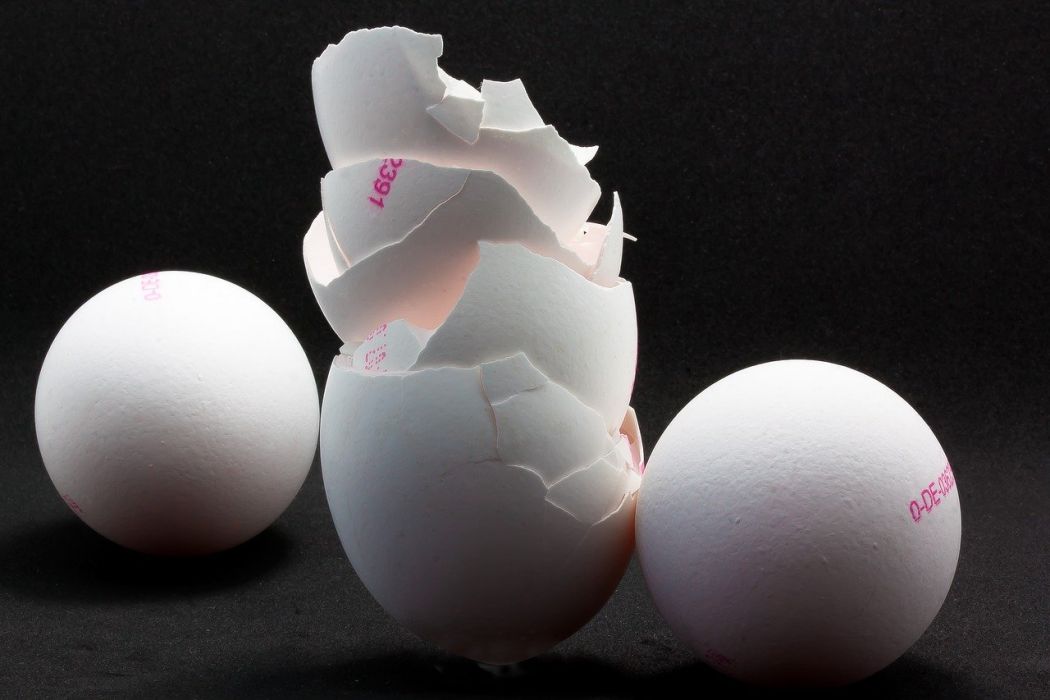
U.S. patent examiners sometimes rely on the theory of inherency to fill gaps in the prior art. This usually occurs when patent claims recite structural limitations in combination with one or more properties. If the prior art describes the claimed structural limitations, but not the claimed properties, examiners often take the position that the claimed properties would be inherent in the structure of the prior art, even though the properties are not explicitly described in the prior art.
Under U.S. law, however, the mere possibility that the prior art possesses the claimed properties is insufficient to establish inherent anticipation or obviousness. Instead, to establish inherency, the examiner must provide a rationale that the claimed properties are necessarily present in the prior art.
This issue is illustrated in the recent Patent Trial and Appeal Board (“Board”) case of Ex parte Liu. The claims at issue recited:
A polymer composite composition comprising:
an eggshell component, wherein the eggshell component possesses a lipid-protein structure substantially similar to that of the eggshell from which the eggshell component is derived, and wherein the eggshell component is substantially free of eggshell inner membrane material; and
a polymer component.
The inventors discovered that an improved polymer composite could be produced by using an eggshell component possessing its original lipid-protein structure and being free of the inner membrane of the original eggshell. The original lipid-protein structure was thought to maintain the hydrophobicity of the eggshell component when dispersing the eggshell component as a powder into the polymer component.
The examiner rejected the claims as obvious over a combination of references. The primary reference (“New”) described separating pulverized eggshells from their attached membranes using airflow. A secondary reference (“Minagoshi”) described combining eggshell powders in polymeric rubber compositions. The examiner took the position that it would have been obvious to use the pulverized eggshells from New as the powder in Minagoshi, to obtain the claimed polymer composite composition.
The references did not specifically describe that the eggshell component possessed a lipid-protein structure substantially similar to that of the eggshell from which the eggshell component was derived, as recited in the claims. To fill this gap in the prior art, the examiner took the position that the eggshell powder produced in New would inherently retain the original lipid-protein structure. This position was based on New allegedly “using airflow without harsh chemicals or high temperatures” to separate the membrane from the eggshells. Since the reference was silent with respect to its processing temperature, the examiner took the position that it was performed at room temperature.
The applicant provided a declaration explaining that “[e]ggshell can be denatured at a relatively low temperature” and “temperatures above 41°C will break the interactions of many proteins and denature them.” The applicant acknowledged that New did not specifically disclose the temperature used in its process, but argued that the high-speed airflow in this process would result in a temperature above 41°C. Such a temperature would denature the eggshell, such that it would not possess the lipid-protein structure recited in the claim.
Thus, the examiner argued that New used a temperature below 41°C (resulting in a product meeting the claimed limitation), whereas the applicant argued that New used a temperature above 41°C (resulting in a product not meeting the claimed limitation).
Considering these conflicting arguments and evidence, the Board found the examiner’s inherency position untenable. The Board found that “it is uncertain what temperature New’s process suggests. The preponderance of the evidence of record, therefore, does not support a finding that New’s process inherently takes place at a temperature of less than 41°C.” The Board concluded that “[t]he evidence, therefore, also does not support a finding that New’s process necessarily results in an eggshell composition which possesses a lipid-protein structure substantially similar to that of the eggshell from which the eggshell component is derived,” as recited in the claims. Accordingly, the Board reversed the obviousness rejections.
To be clear, the Board did not find that New’s process was inherently performed at a temperature above 41°C, as applicant argued. Instead, the Board found that the evidence was inconclusive as to what temperature the process occurred. This uncertainty in temperature was the key to the Board’s decision on inherency. As the Board noted, “[i]nherency…may not be established by probabilities or possibilities. The mere fact that a certain thing may result from a given set of circumstances is not sufficient” (citing In re Robertson, 169 F.3d 743, 745 (Fed. Cir. 1999)). Even though it was possible that New’s process was performed at a temperature below 41°C, as alleged by the examiner, this possibility was insufficient to establish that the temperature inherently was below 41°C.
Takeaway: Inherency requires necessity, not merely possibility. That is, just because it might be possible for the prior art to satisfy a claimed property, that does not mean that the prior art necessarily satisfies the property. If the prior art does not necessarily satisfy the claimed property, then inherency has not been established. When there is conflicting evidence, some in support of a claimed property being present and some in support of a claimed property being absent, this conflict itself can support an argument against inherency.
Judges: Gaudette, Wilson, Range
by Matthew Barnet
Matthew E. Barnet, Ph.D., is a patent attorney and partner at Element IP. His practice focuses on patent procurement and client counseling, including expertise in validity and infringement opinions.

One comment
Pingback: 固有性の理論を用いた自明性による拒絶を覆す方法 - Open Legal Community
Comments are closed.